Research company Nanoflowcell, which revealed two electric car concepts powered by liquid-battery technology last year, is in talks with a “large manufacturer that is not German” about putting the Quantino concept into production.
The German/Swiss company’s technology boss, Nunzio La Vecchia, said the car could be rebranded and the technology could be licensed for other vehicles. “The car and the availability of refuelling could be a reality in four or five years’ time,” he said.
According to Nanoflowcell, which has administrative headquarters in London, the technology used by the Quantino and Quant FE concept cars could eclipse all others in a future minimal-carbon world.
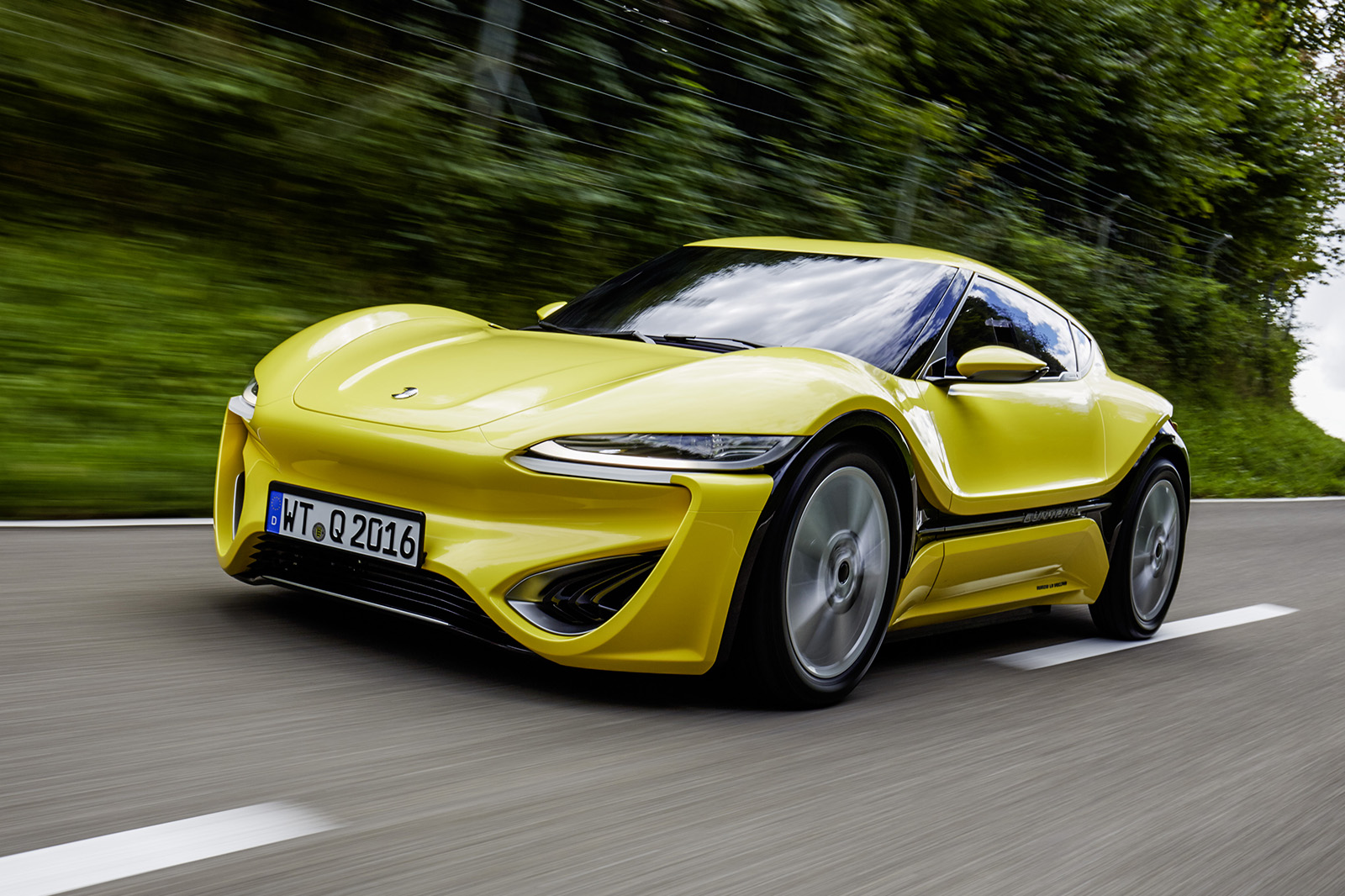
It uses positively and negatively charged liquids, stored in separate tanks as ‘fuel’, to generate electricity. These non-hazardous, easy-to-manufacture and easy-to-store electrolytes can be dispensed to vehicles as painlessly as hydrocarbon fuels currently are, so there is no need either for lengthy charging times or the infrastructure they require.
The cars were originally revealed at the 2015 Geneva motor show. Just before this year’s show, the now road-registered Quantino was driven non-stop for 14 hours on one ‘charge’ — an impressive feat for an electric car.
Now, in a test drive at the TCS test track near Zurich, Switzerland, Autocar has seen for itself that the liquid-battery technology works.
‘Redox’ liquid batteries like this were invented in the 1950s and improved by NASA in the 1970s, but the much greater energy density through single-use electrolytes is Nanoflowcell’s breakthrough.
That density, in energy stored per litre of fuel, is still far short of diesel oil at 600 watt-hours versus 10,000, but whereas a diesel engine loses up to 80% of its energy as heat, the Nanoflowcell system is claimed to be more than 95% efficient.
The Quant FE is a four-seat, supercar-shaped machine with an electric motor at each wheel, producing a total of 2140lb ft of torque. This is needed to pull its hefty weight, totalling 2300kg if the two 250-litre tanks are full of the ‘bi-ION’ electrolytes.
However, the smaller, 2+2 Quantino is a much more significant car. As driven by Autocar (below) with two 159-litre tanks, good for a claimed range of more than 600 miles, it weighs 1420kg. A possible production version would have two 85-litre tanks and weigh 1045kg, filled. Its single Bosch motor, driving the rear wheels, runs on just 48V rather than the usual hundreds of volts in an electric car.
“This makes the car safer and easier to homologate,” said La Vecchia. “People told us it was not possible to have this much power with 48V, but we have proved that it is.”
With low voltage comes the need for high current, up to 300 amps, which normally needs thick, heavy cables. However, here they are thin, thanks to the use of patented step-up and step-down systems at the beginning and end of the cables.
How it works
The Nanoflowcell system powers a car’s electric motor, or motors, by means of ion exchange between a positively charged liquid and a negatively charged one. The liquids — mainly water carrying an as yet undisclosed mix of organic and inorganic salts (“engineered by nanotechnology”) as an electrolyte — are kept in separate on-board tanks and circulated by pumps into the flowcell, in which a semi-permeable membrane, like a fuel cell’s, keeps the liquids separate while allowing ions within them to cross. This creates an electric charge at the membrane.

The water in the spent electrolyte is either vaporised or, under conditions of lower load, temporarily stored in a tank for later vaporisation. By making the electrolyte single use with an irreversible chemical reaction, rather than rechargable, as it is in a conventional battery, it’s possible to get much more power out of the cell. Residual salt particles in the spent electrolyte are trapped in a filter, which is changed every 6000 miles.
Driving the Quant FE and Quantino
More than just concept cars, these are fully engineered, beautifully built prototypes, road-legal and licensed in Germany. They are built around carbonfibre monocoques and have been styled by Nunzio La Vecchia.
The FE features pillarless flanks, gullwing doors and touch-sensitive, capacitive switches under its wood veneer. It accelerates like a Tesla Model S on heavy stimulants, a head-long rush towards a claimed 186mph top speed, its four motors whining and shrieking with dissonance as their speeds vary through corners.
The Quantino is calmer but still rapid, with 106bhp, 148lb ft, 124mph all out and a claimed sub-5.0sec 0-62mph time. Much of its running gear and plenty of interior fittings come from a BMW 2 Series for ease of homologation, but this prototype currently contains large tanks that have forced the flowcell to sit where the rear seats should be.
It drives as a compact electric car should: wieldier than the FE, effortlessly torquey and with regenerative braking that’s not too obtrusive as it recharges the large ultracapacitor that provides the instant accelerator response.

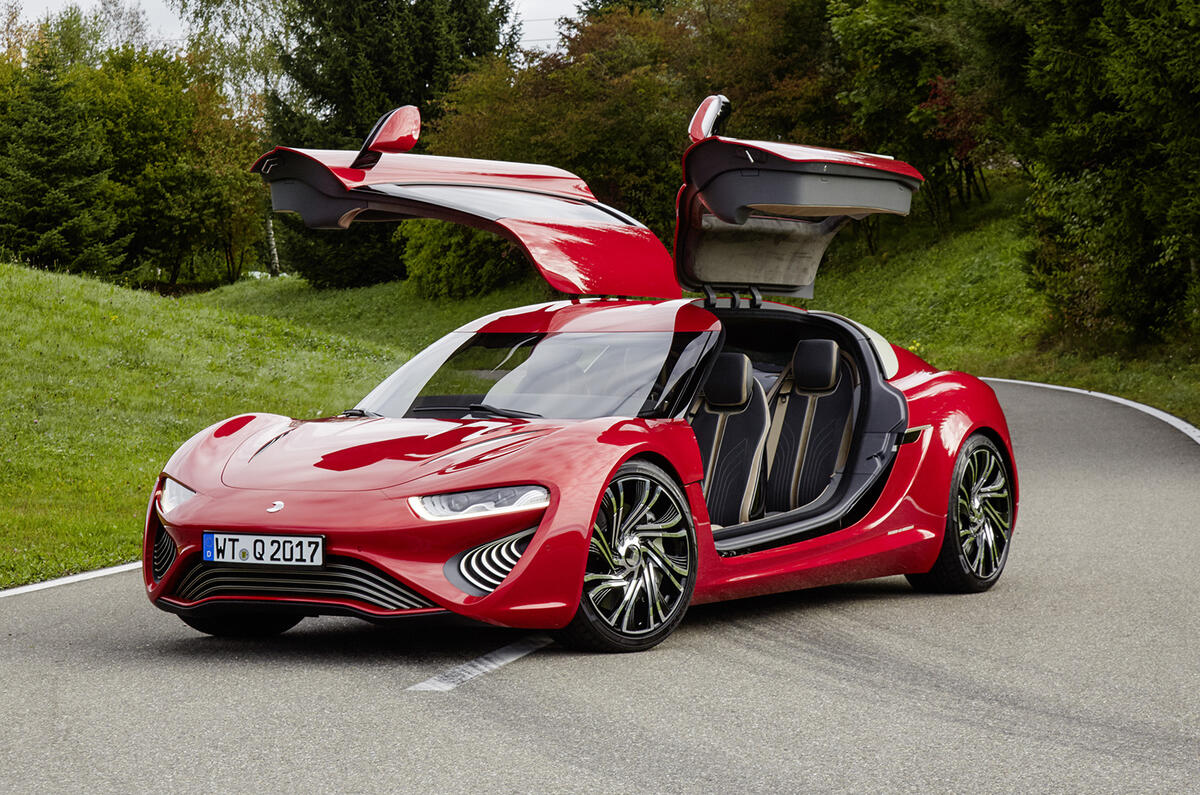
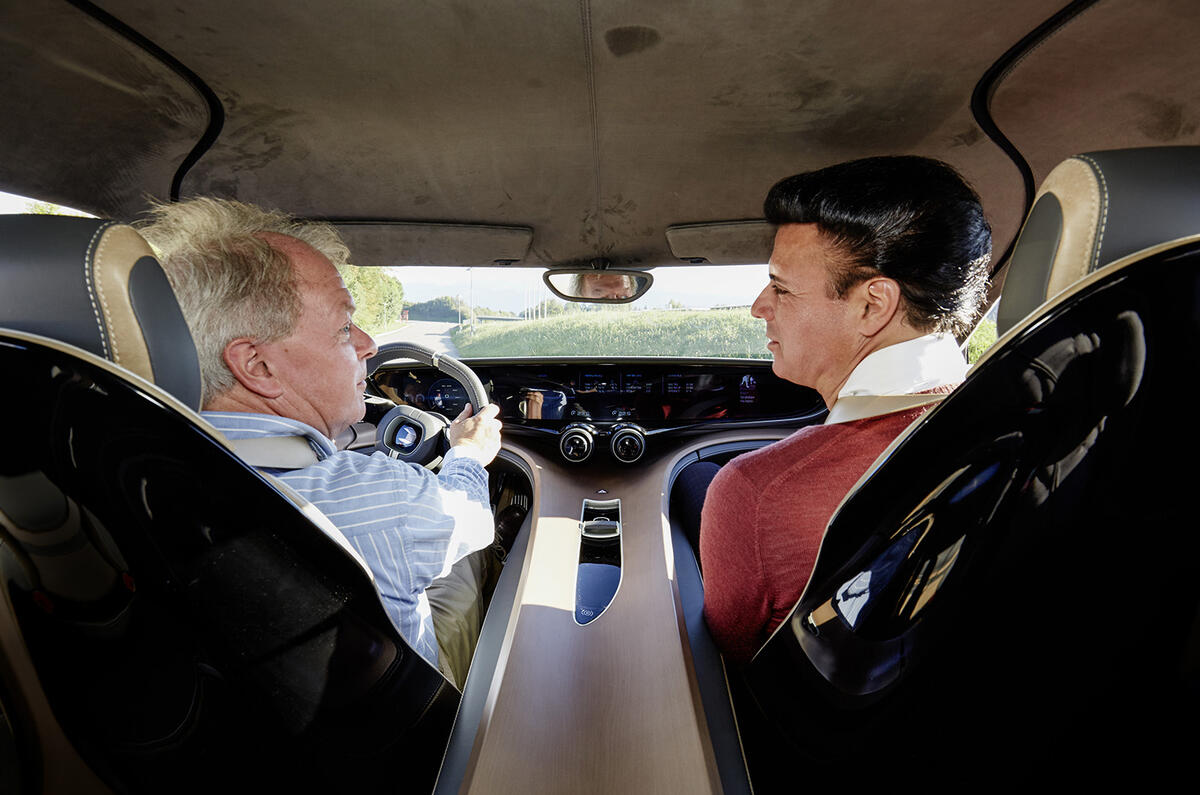
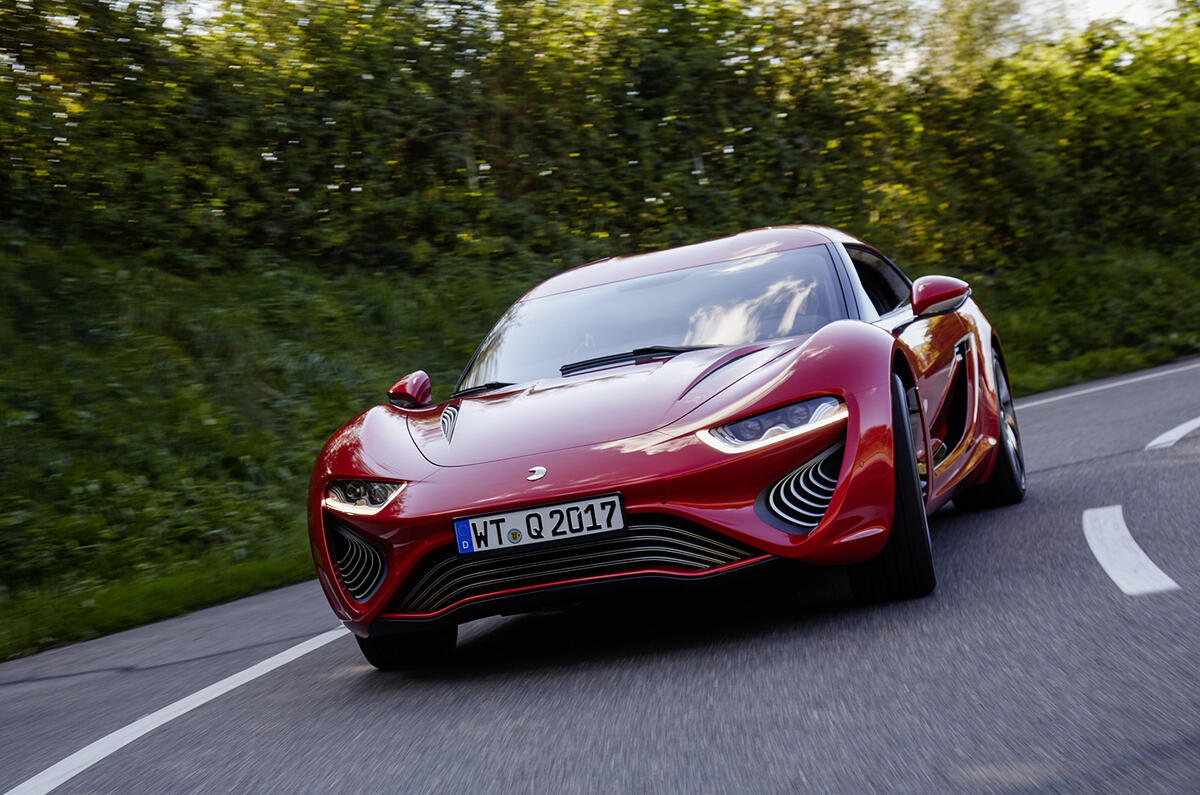
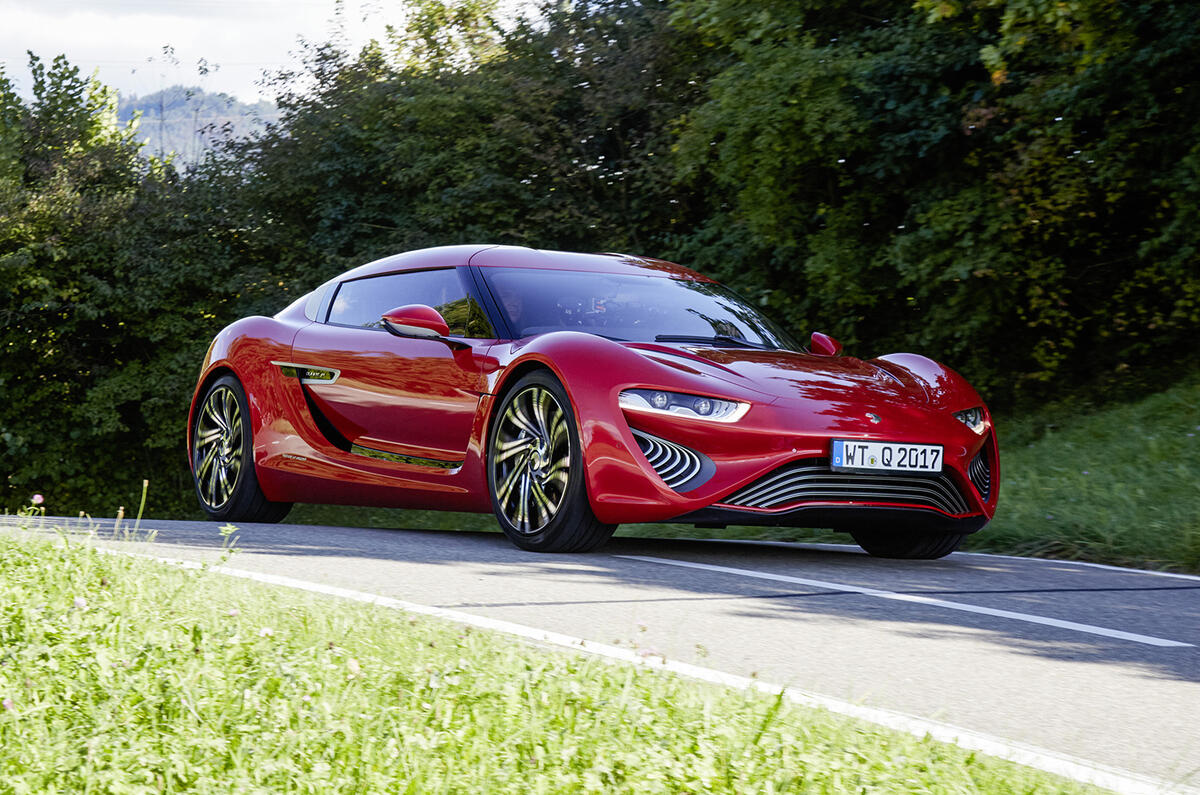
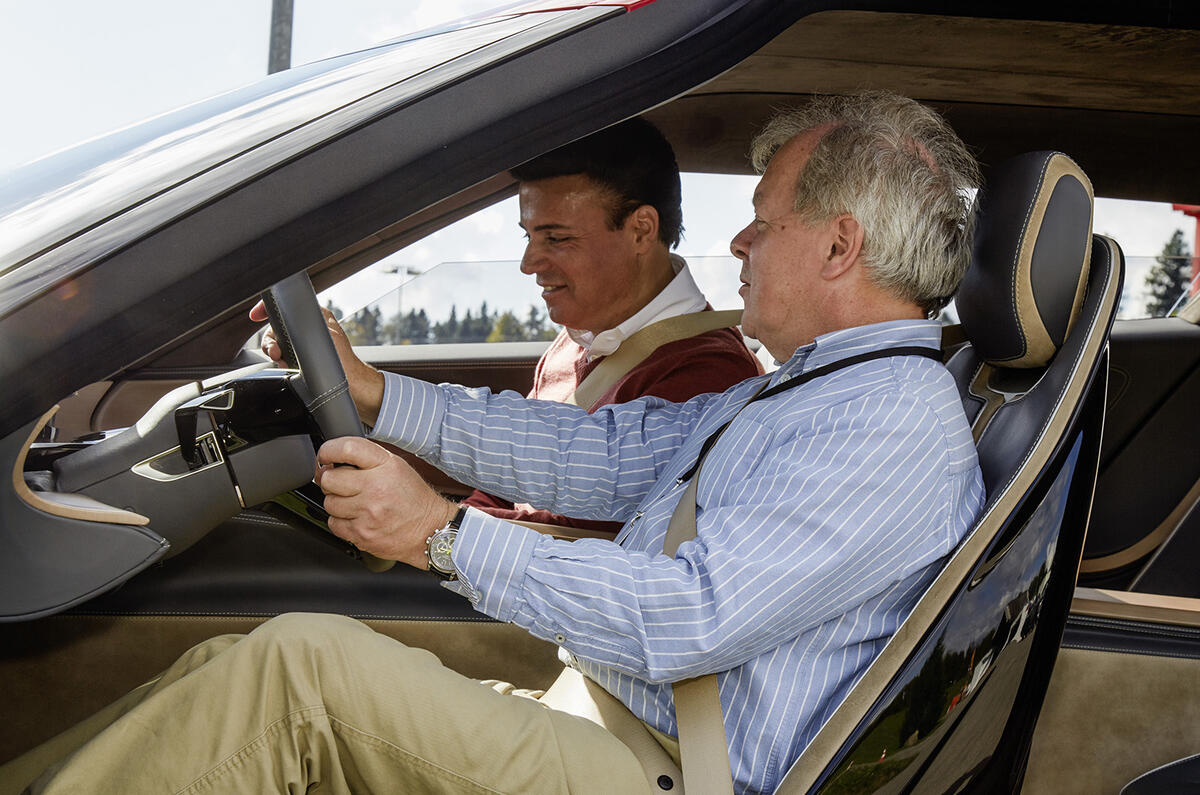

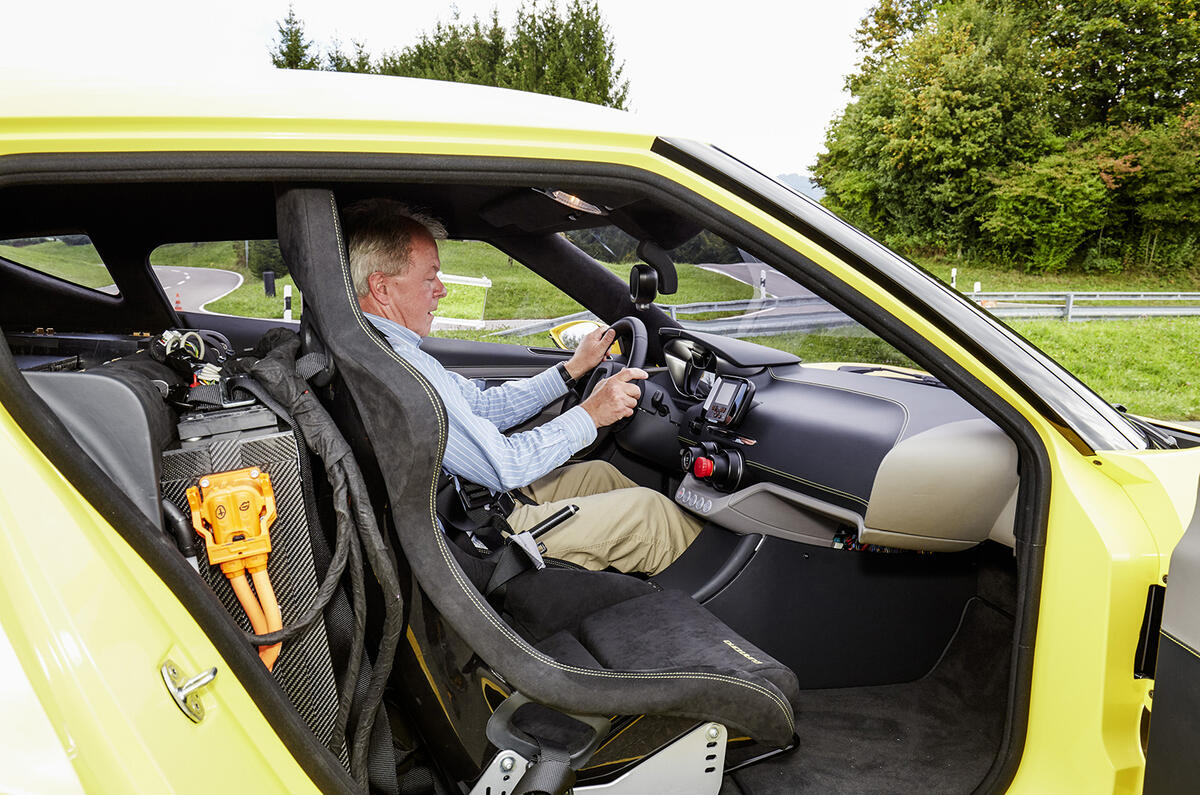
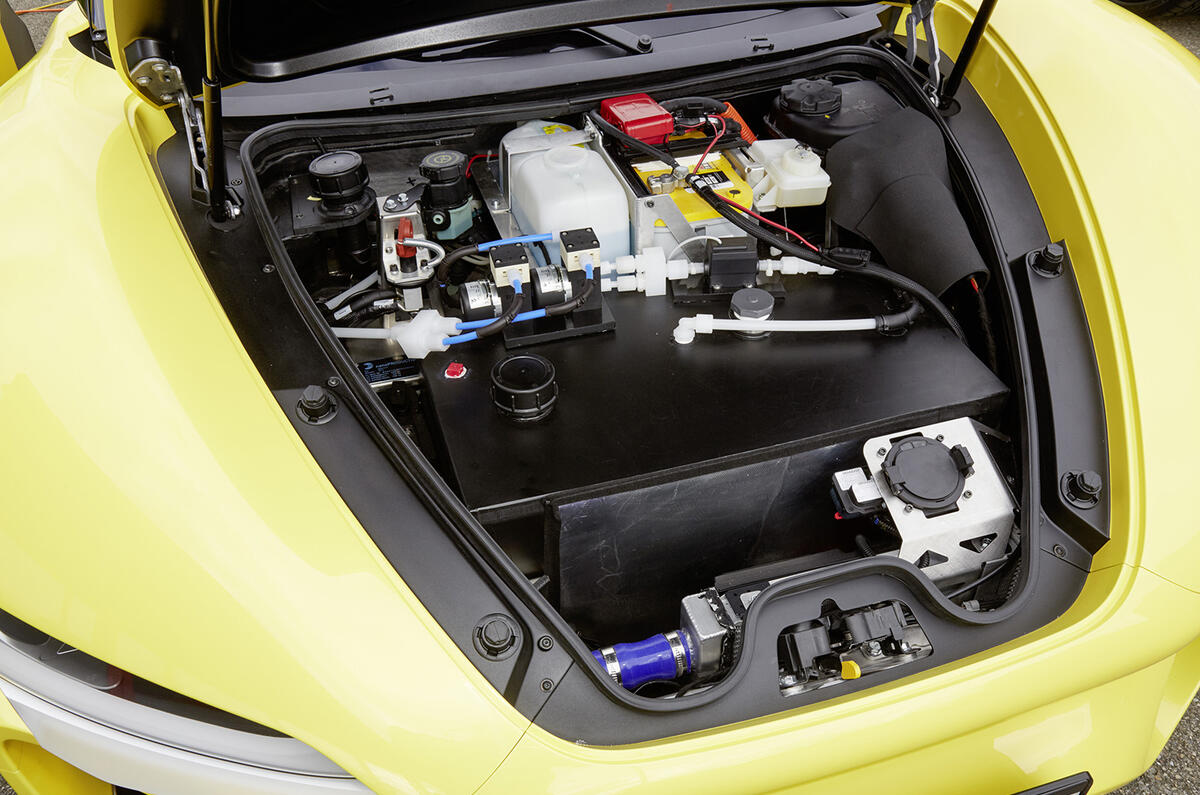
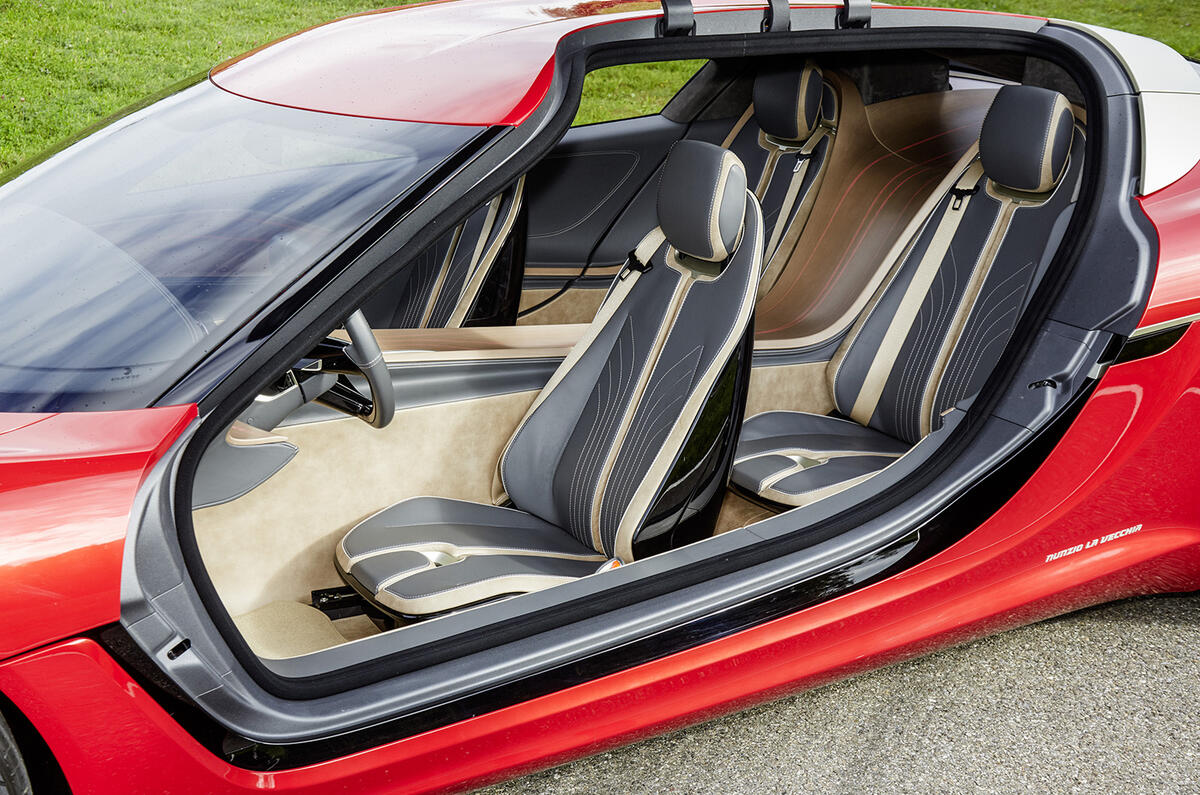
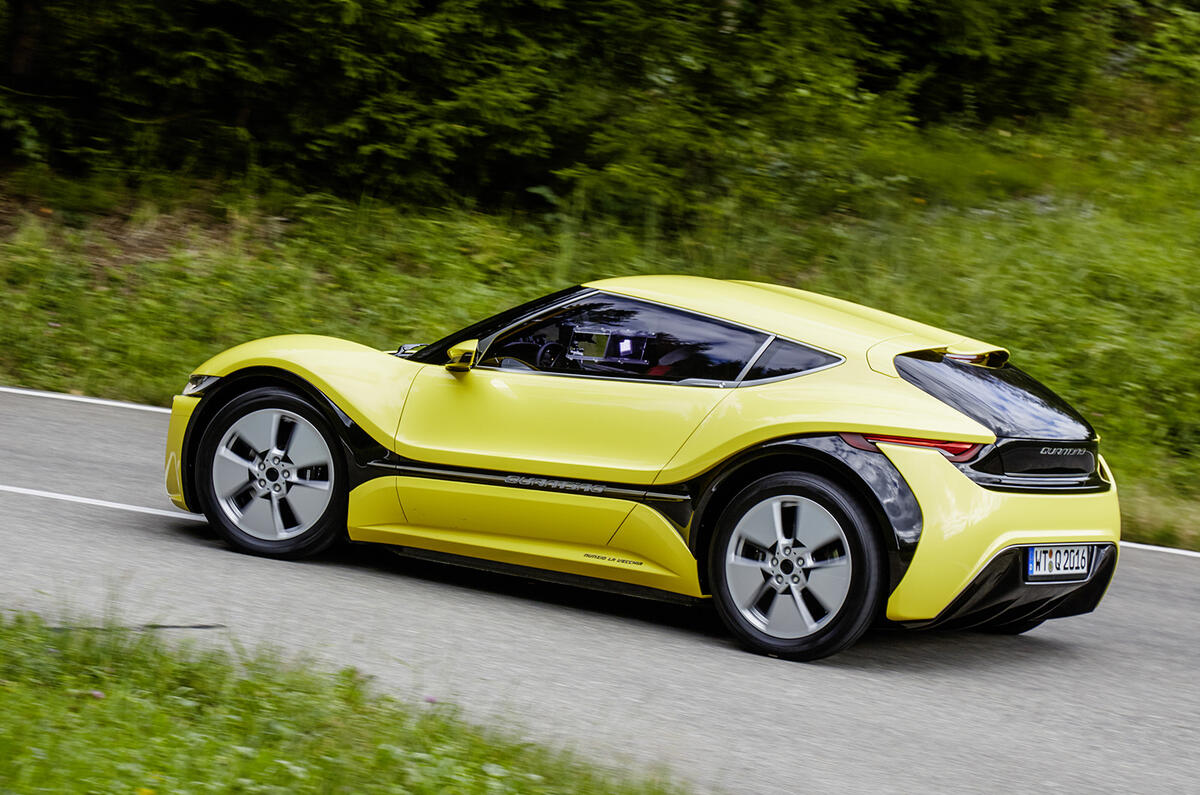
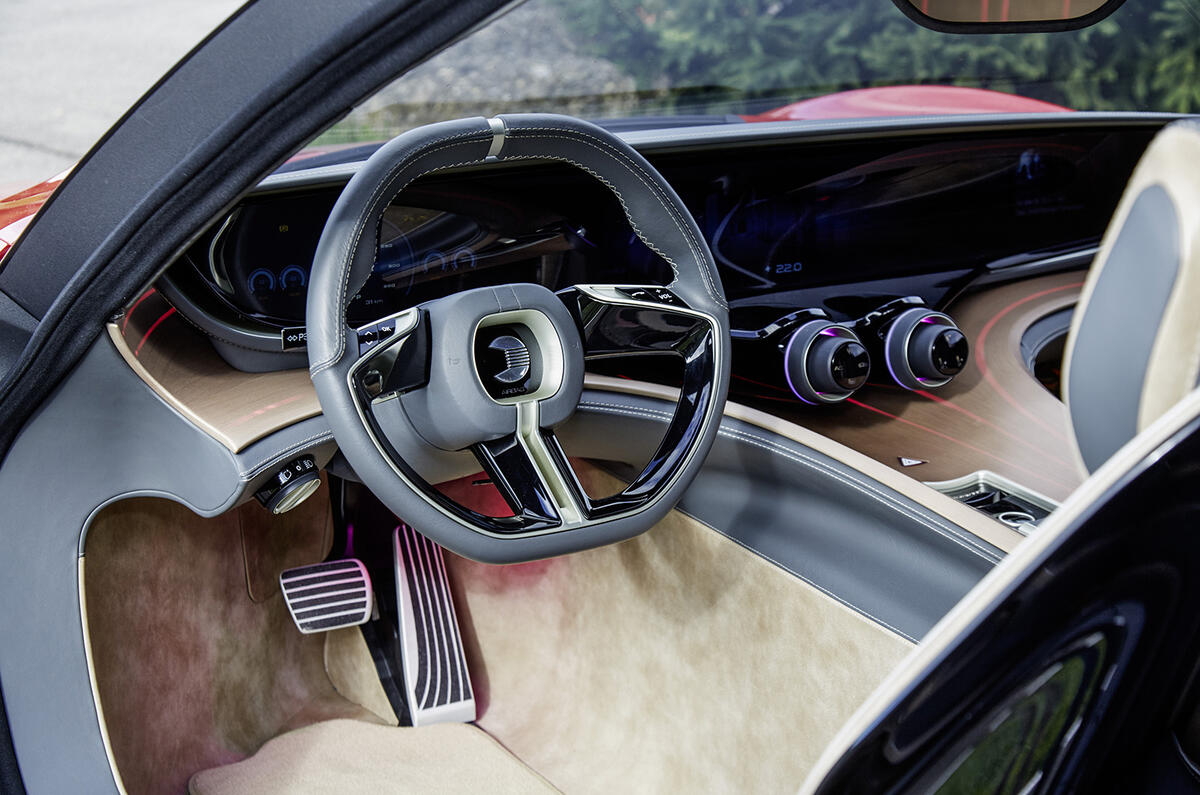

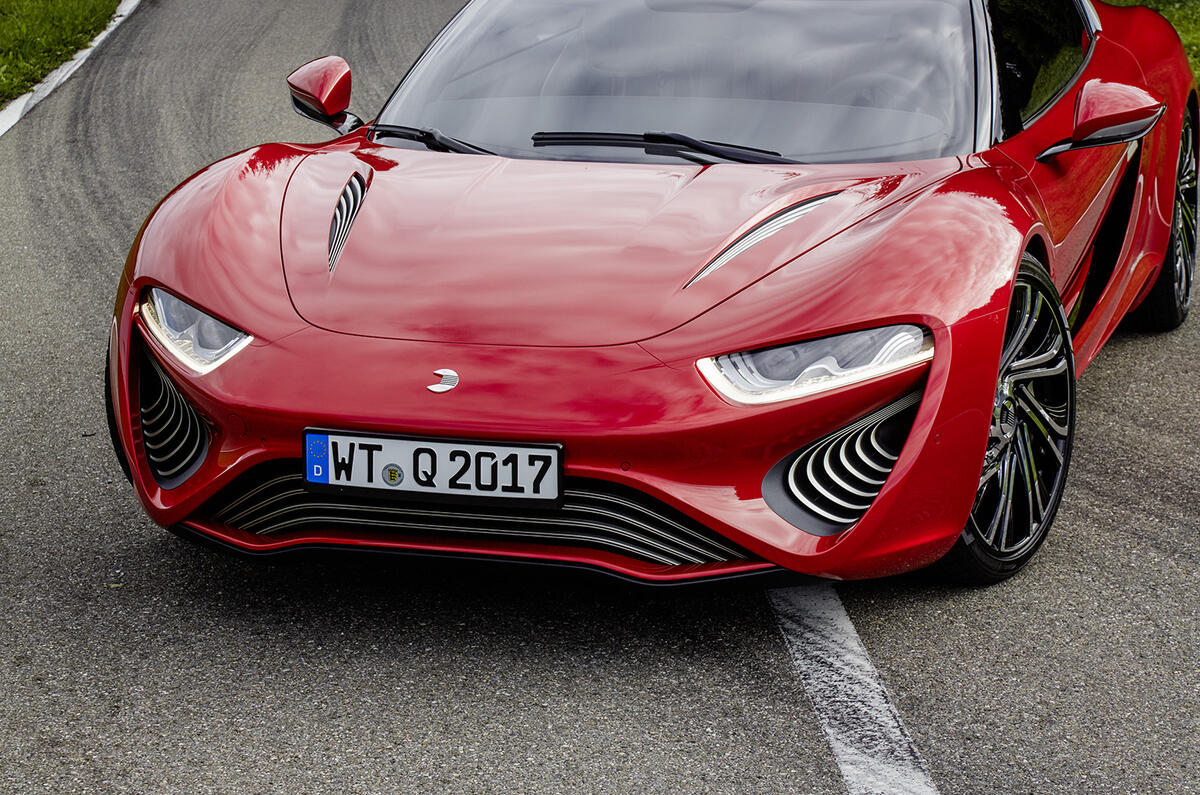
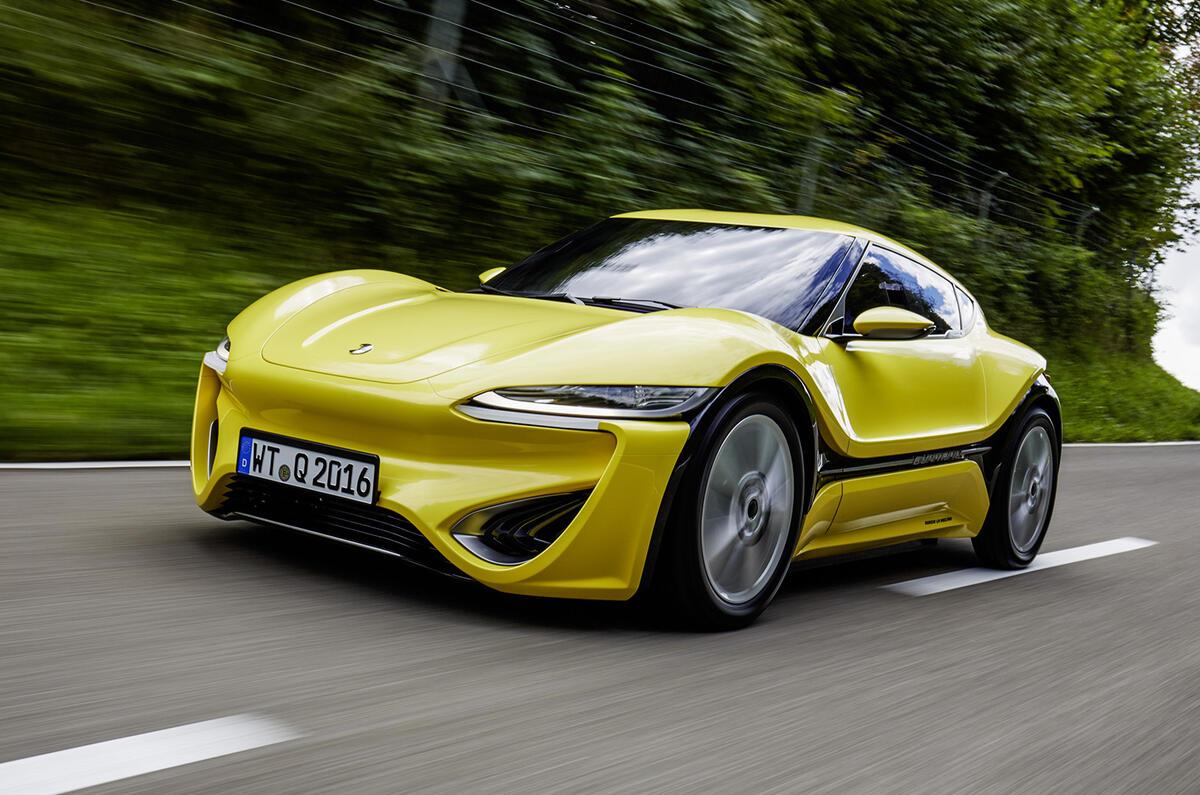
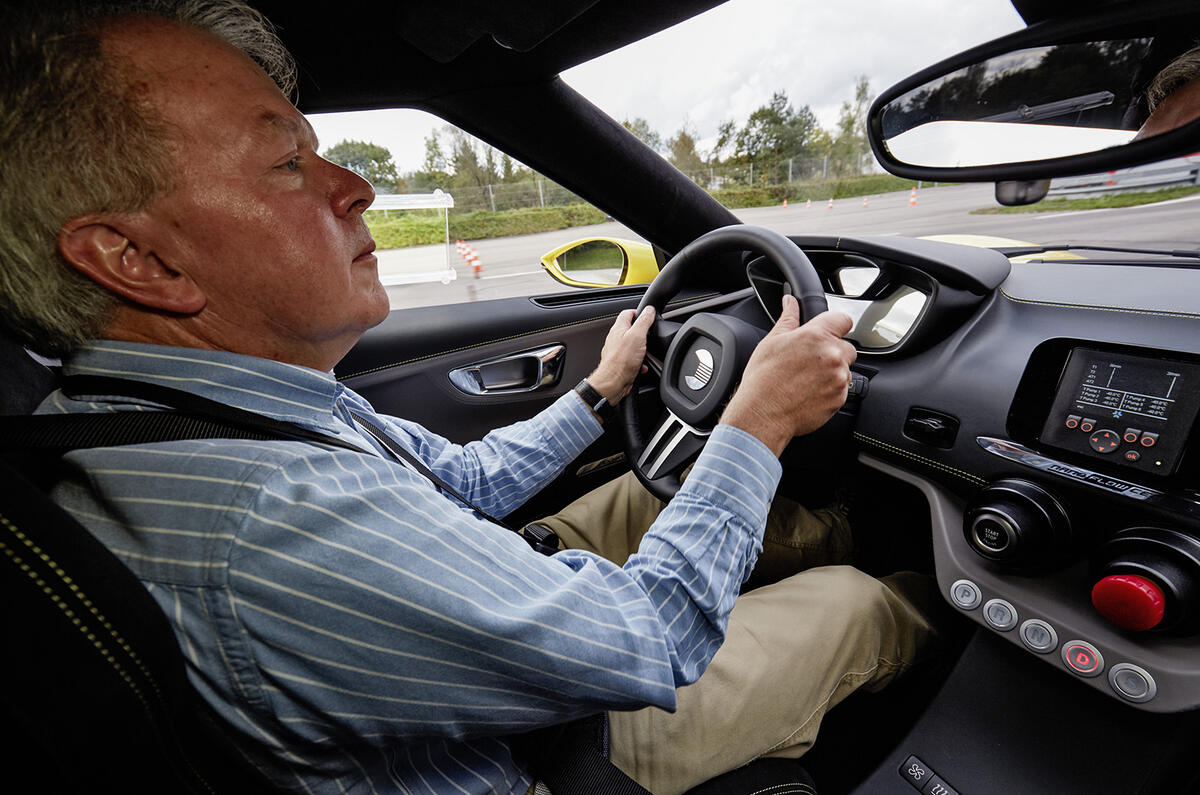
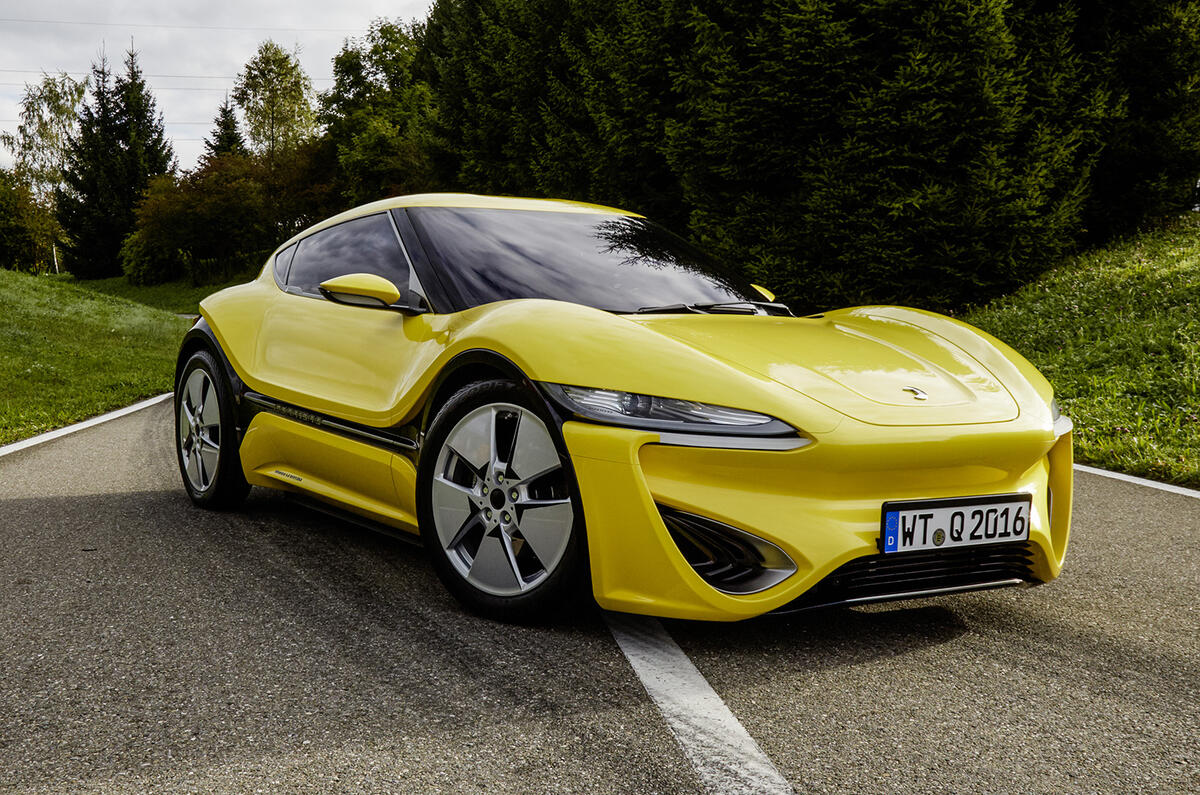

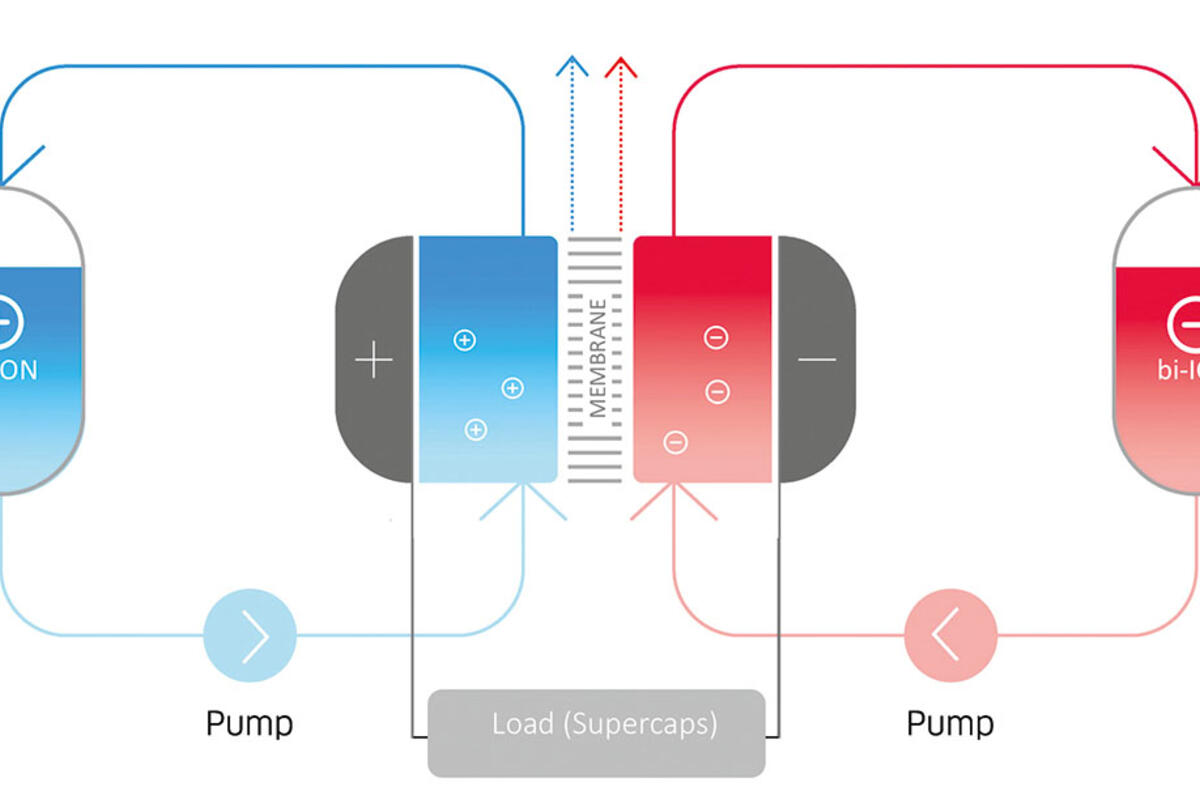
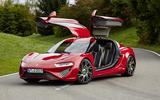
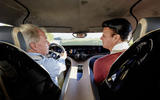
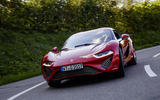
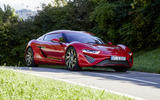
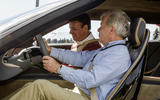
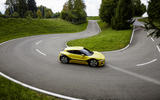
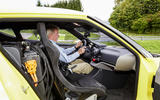
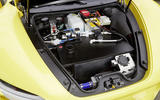
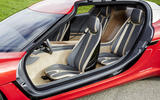
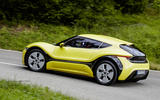
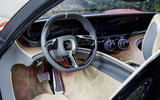
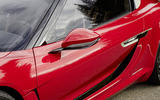
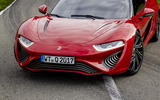
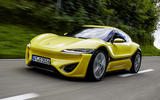
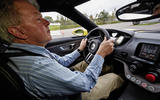
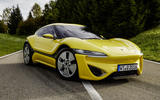

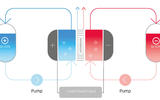


Join the debate
Add your comment
Nunzia La Vecchia is a fraudster, worthless journalism
Turning to the actual review, it uncritically spouts obvious malarkey. I don't know if John Simister is incompetent or agreed not to rock the boat in exchange for this scoop and a trip to Switzerland.
"95% efficient" on-board is irrelevant without knowing how much energy it takes to make the two electrolytes. The simple closed-loop diagram of the reaction looks nice but doesn't match the description in the article: why does the water in the spent electrolyte need to be vaporised, where does this energy come from? Why not pump the liquid out instead of exchanging a filter? How is the salt trapped in the filter (presumably many many kilograms of it over 6000 miles!) reused?
The claim of "sub-5.0sec 0-62mph time" from a 106 bhp 48 Volt motor is obviously balderdash, did John Simister actually instrument a 0-62 run? The notion of "patented step-up and step-down systems at the beginning and end of the cables" to increase the voltage then lower it again 6 feet away is ludicrous, is the inevitable energy loss also part of the "95% efficient"? How are these systems cooled? (It's obvious to me that Nunzio made this drivel up when someone questioned the insanity of using a 48V motor from a mild hybrid stop-start system as a primary traction motor.)
A "large ultracapacitor that provides the instant accelerator response" is itself a research project/science fiction. Any decent journalist would demand to know who makes this super/ultracapacitor. The Prius has a 1.4 kWh battery to capture brake energy; a supercapacitor with that much energy storage runs $7500-15000 and is barely out of the lab.
If someone let me ride in this car I would demand to take pictures of the tanks, the filter, the flowcell itself, the ultracapacitor, these "patented step-up and step-down systems" on each end of a thin wire, and the Bosch motor, and report NanoFlowcell's excuses as to why I was not allowed to take them. Shame on you John Simister!
8 miles per gallon!
BS !
Diesels have been 50% thermodynamically efficient for decades!
Flowcell: 160litres to go 300 miles (8 miles per gallon imp) at what speed! And no weight reduction so 160kg weight carried throughout.
Seems H2 renewably produced would be much cheaper and better for efficiency if Riversimple methodology followed.
My guess...Peugeot?